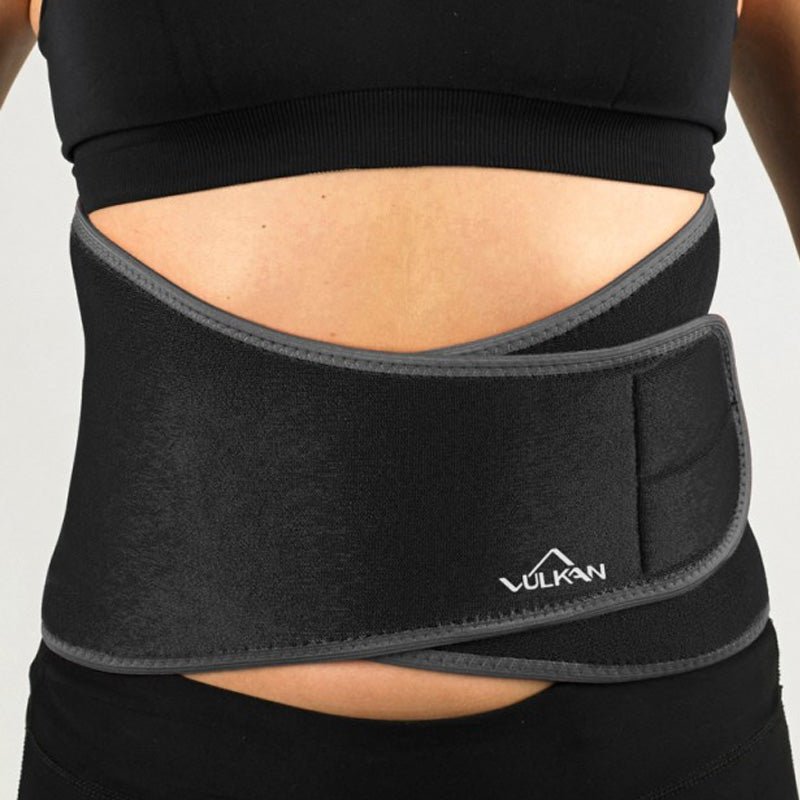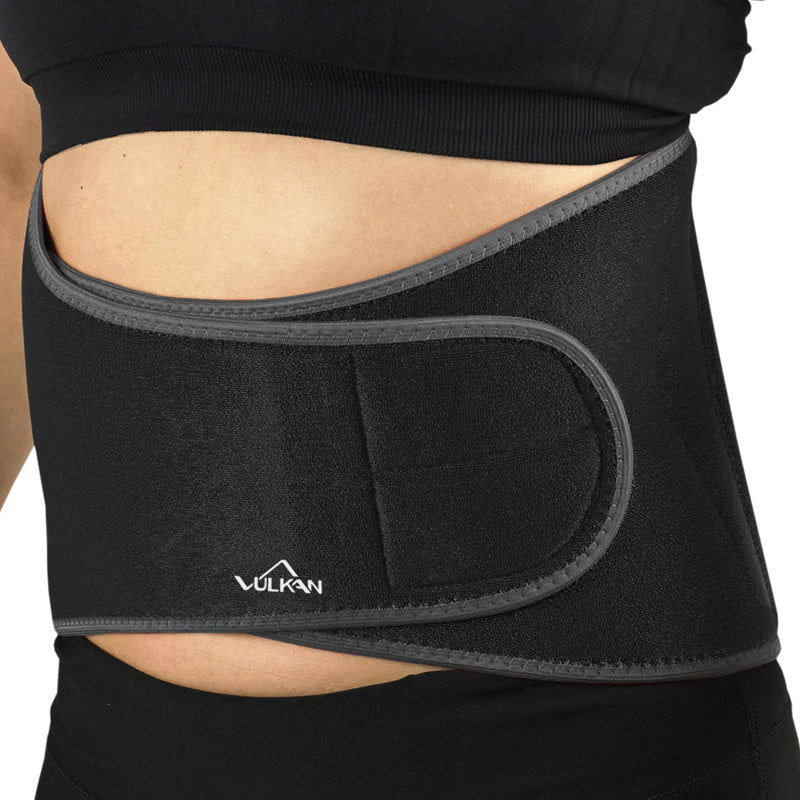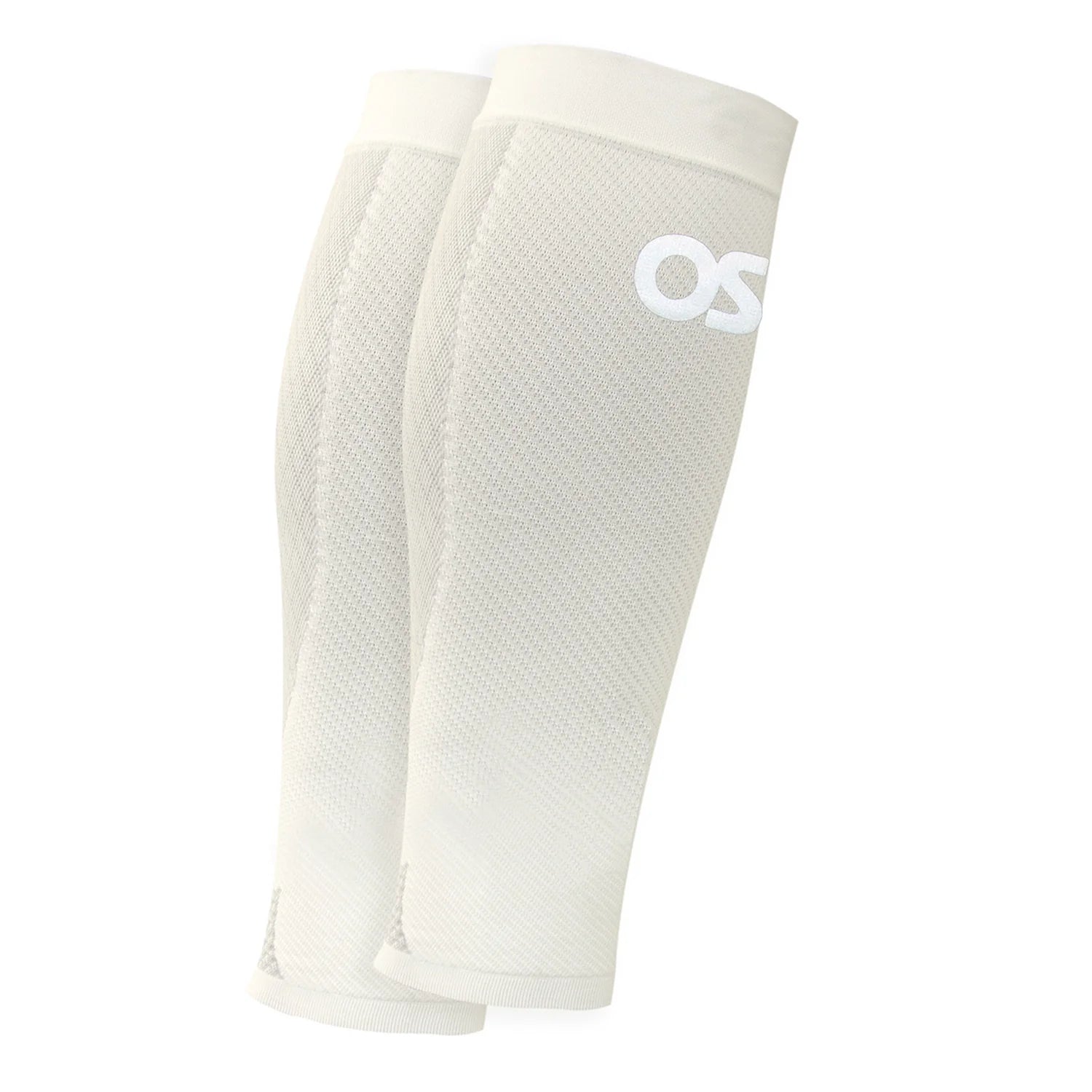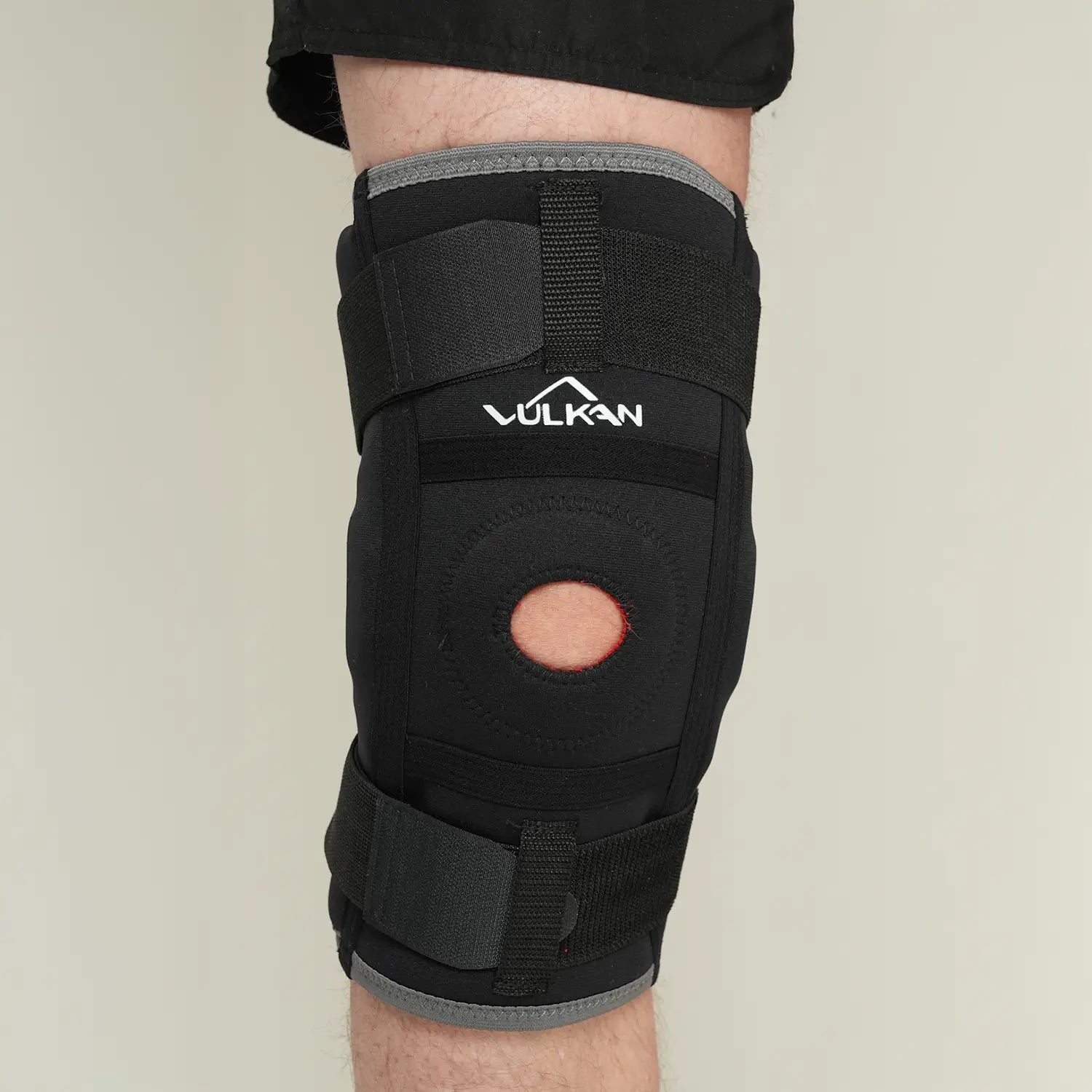
Carpal tunnel syndrome
- 1. How to recognize carpal tunnel syndrome and what you can do
- 2. What causes carpal tunnel syndrome?
- 3. Common symptoms
- 4. Treatment of carpal tunnel syndrome
- 5. When you should contact healthcare
- 6. What you can do yourself without using medication
- 7. Workouts you can do at home
- 8. Preventive habits for the future
- 9. Our products that can relieve
How to recognize carpal tunnel syndrome and what you can do

Usually, the discomfort can be alleviated with small changes in habits and the right support during the day and night. But it is also good to know what you can do yourself and which aids work.
What causes carpal tunnel syndrome?
The syndrome occurs when the space in the wrist shrinks. This can be due to being born with a narrow carpal tunnel, putting a lot of strain on the hand with repetitive movements, or inflammation, especially during pregnancy or hormonal changes. Diseases such as diabetes, rheumatism, or thyroid problems can also contribute.
- Some people are born with a narrower carpal tunnel, which increases the risk of nerve compression.
- Repetitive wrist movements or working with vibrating tools can increase the strain on the wrist.
- The condition is more common in women, especially during pregnancy or menopause, due to hormonal changes that affect fluid balance in the body.
- Diabetes, rheumatic diseases, and thyroid disorders can contribute to the development of carpal tunnel syndrome.
Common symptoms
The symptoms often occur during rest or nighttime sleep, especially if you have your wrist bent for a long time. You may wake up with numb fingers, as if your hand is "asleep." The pain can also radiate up the forearm and sometimes make it difficult to hold things. If the symptoms have been going on for a long time, the thumb can weaken and muscle mass can decrease.
Symptoms occur when pressure increases on the median nerve in the wrist. One of the most obvious signs is numbness and tingling in the thumb, index finger, middle finger, and sometimes even half of the ring finger. This discomfort often occurs at night or during activities where the hand is held in the same position for a long time, such as driving, working at a computer, or doing housework.
It is common to wake up with your hand “falling asleep” or feeling a tingling current through your fingers. Sometimes the discomfort extends up to the forearm and elbow. In women, these symptoms usually occur in middle age, often without any clear cause. Many also describe reduced sensation and a burning sensation in the hand, which makes it difficult to grasp objects or perform fine motor movements. Everyday life is affected – pressing buttons, typing on your mobile phone or carrying grocery bags can suddenly become challenging.
If the symptoms have been present for a long time without treatment, you may notice muscle weakness in the hand, especially in the thumb grip, which further impairs grip strength. It is important to understand that you do not need to seek emergency care immediately, but you should be aware of persistent symptoms and seek care if the symptoms do not go away on their own.
Treatment of carpal tunnel syndrome
The treatment is primarily aimed at reducing pressure on the median nerve and relieving symptoms that affect everyday life. In most cases, treatment begins with a wrist brace, especially at night. Keeping the hand in a neutral position reduces the flexion of the wrist and thus the pressure on the nerve, which often leads to faster symptom relief. Many people who suffer from numbness and tingling in the thumb, index finger and middle finger experience improvement after just a few nights of use.
In addition, ergonomic adjustments in everyday life can make a big difference. This involves avoiding repetitive movements, adjusting work positions, and ensuring that the hand gets enough rest. If the discomfort is persistent, doctors may recommend anti-inflammatory medications or injections to reduce swelling and irritation around the carpal tunnel.
In some cases, especially when symptoms are severe or do not improve with conservative treatment, surgery may be considered. The procedure aims to relieve the median nerve by widening the carpal tunnel, which usually gives good results. However, it is always important to first try self-care and adjustments, as many people with mild to moderate symptoms can experience significant improvement without surgery.
When you should contact healthcare
Self-care is often enough, but certain signs mean it's time to seek help. This applies if you feel weakness in your thumb, if numbness prevents you from doing everyday tasks, or if the symptoms do not go away despite using a wrist support. In that case, it is wise to contact 1177 for an assessment.
What you can do yourself without using medication
It may be enough to change how you use your hand during the day. Try to avoid bending your wrist for a long time and take breaks during repetitive tasks. A wrist brace (especially at night) helps keep the hand straight, thereby relieving pressure on the nerve.
Workouts you can do at home
There are simple exercises you can do to soften your wrists and muscles. Try extending your arm with your palm facing down and gently bending your wrist towards you, hold for a few seconds and release. Another variation is to slowly lift your fingers one by one with your palm facing the table.
Another option is to bring your thumb towards your little finger without tightening your hand tightly and then relax. These small movements a few times a day can make it easier to keep your hand soft and flexible.
Preventive habits for the future
By reviewing how you sit at the computer, using an ergonomic mouse or tool, and taking short breaks, you can reduce the discomfort. Good wrist support at night, proper technique when working, and avoiding strain with a bent wrist also help.
Our products that can relieve
With us you will find orthoses and supports that are specially designed for carpal tunnel syndrome. We offer wrist supports that hold the hand in the correct position and relieve pressure on the nerve. Feel free to take a look at our range and find the support that suits you best.
How do I know if I have carpal tunnel syndrome?
You often experience numbness, pain, and weakness in your thumb, index finger, and middle finger, especially at night or with repetitive movements. If this sounds familiar, you may want to consider trying a wrist brace.
Can carpal tunnel syndrome get better on its own?
In some mild cases, symptoms may decrease if you change your habits and use a wrist support. If the symptoms persist, you should contact your healthcare provider for further assistance.
Which wrist support is best for carpal tunnel syndrome?
Wrist supports that keep the wrist in a neutral position are highly recommended. At Rehcore, we offer wrist supports that are specifically designed to relieve carpal tunnel syndrome.
Can carpal tunnel syndrome be prevented?
Yes, by avoiding repetitive movements with a bent wrist, taking regular breaks, and using ergonomic tools, you can reduce the risk of developing the syndrome.
Image By BruceBlaus . " Medical gallery of Blausen Medical 2014 ". WikiJournal of Medicine 1 (2). DOI : 10.15347/wjm/2014.010 . ISSN 2002-4436 . - Own work, CC BY 3.0 , Link













